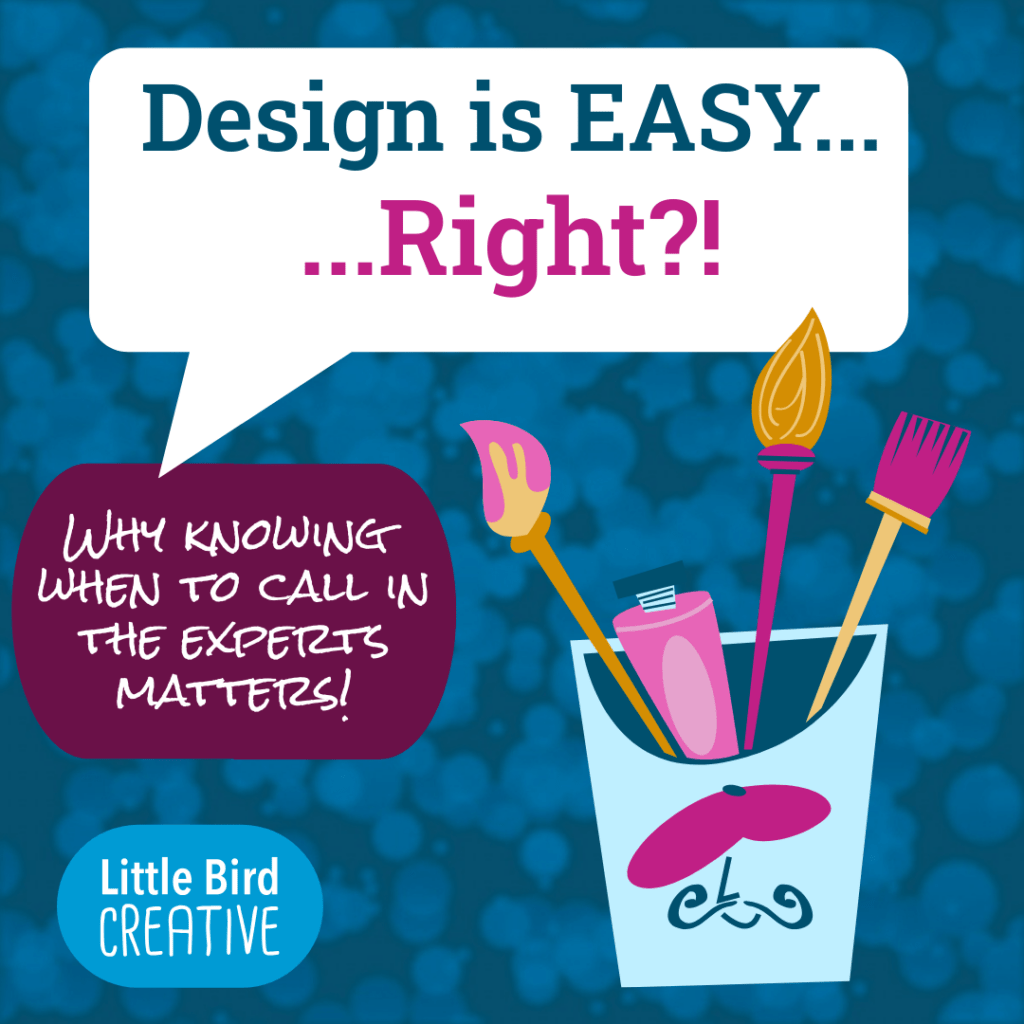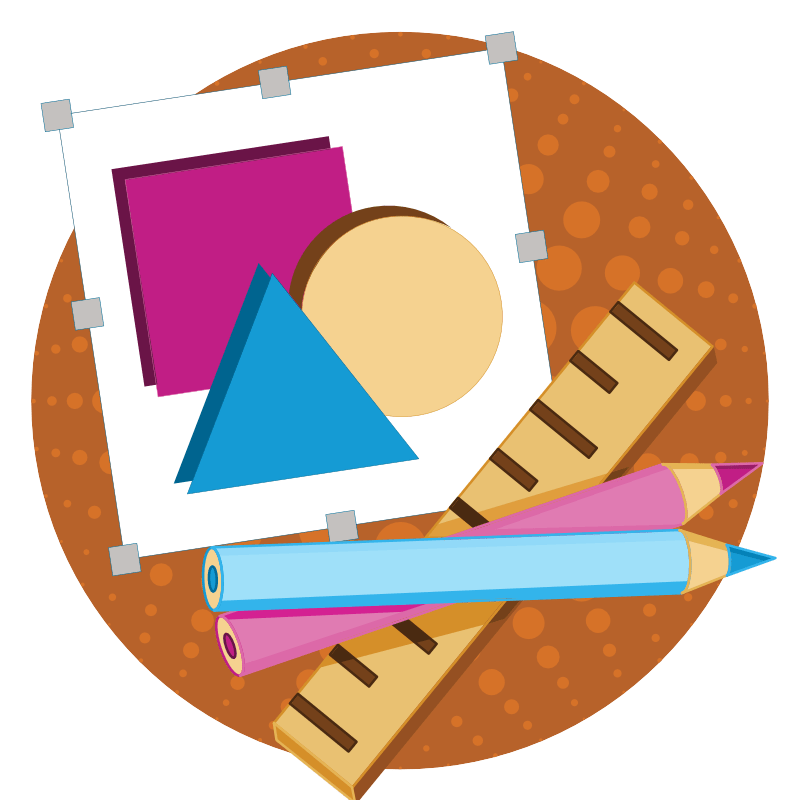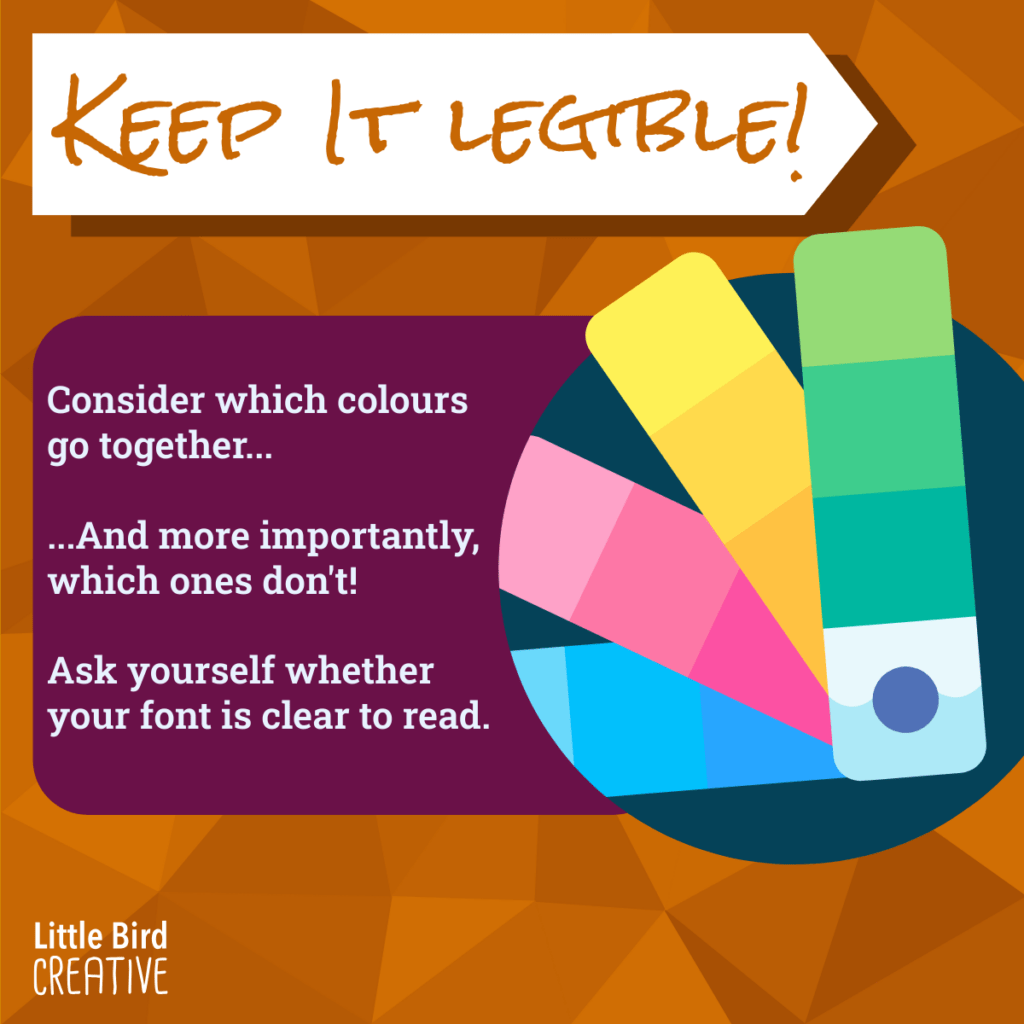Video Editing Too Much Of A Puzzle? Our Expert Services Could Be The Answer You Need!
We’ve talked about the value of using video in your marketing plenty of times before but we’re usually the ones behind the camera, as well as doing the editing.

We’re firm believers that most people are more creative than they ever give themselves credit for. Plenty of event organisers, volunteers and business owners find themselves brimming with ideas about how their print and digital publicity should look. The problems arise when they try to get those ideas out of their heads and onto paper or a screen. Suddenly, the beautiful font they were imagining doesn’t seem to exist, or the perfect imagery they had in their mind is only available to use at a hefty cost. Shortcuts get taken – that ideal image is out there somewhere, surely nobody’s going to notice if you just nab it from somewhere else…

The old idea of something being “free” just because it’s online is a dangerous one. Copyright laws protect creators from having their work re-used or worse, sold without permission. That cute graphic you found during a Google search might look lovely on your website, but unless you’ve paid for a license to use it, you could find yourself in hot water.
Even without the legal ramifications of using imagery you don’t have permission for, doing so is morally questionable at best. Artists, designers and photographers spend time and effort on their creations, so to see them taken and used without permission is not only frustrating, but hurtful, too. And no, editing the image doesn’t magically make it “yours,” either – we once created some bespoke graphics for a local chorus, only for another choir to take one and make changes, before sharing it on their social media with no credit to us for creating the original piece. We can safely say it didn’t make us feel good.
Of course, there are plenty of websites with free stock imagery and graphics out there. Finding the perfect picture is easier than it’s ever been. So, surely once you’re covered legally, the rest of the design process is plain sailing?
Not necessarily.
When a graphic designer starts a project, they’re thinking about a whole heap of things. Things that people tend to overlook when creating something themselves.
They’ll be considering accessibility – whether the colours used will stand out without clashing, whether there is a high enough level of contrast between the background and the font colour and whether the typography is legible to all readers. If they’re designing for screen, they’ll be adding ALT text to any imagery used.
They’ll be considering printing and how easy it will be to take a design that looks good on screen and make it sing on paper, too. Even the program used to design a flyer or poster, as well as the file type it’s saved as, has a big impact on the final, printed product.
They’ll be thinking about consistency and whether what they’re creating fits your brand identity. When individuals engage in a bit of DIY graphic design, they often lose sight of the importance of sticking to one or two recognisable brand fonts and a branded colour palette, as the appeal of using “a bit of everything” can be too huge to resist!

There’s nothing wrong with saving yourself a bit of cash by doing your own graphic design, provided you’re aware that doing so could have costs of its own. To create truly eye-catching, accessible graphic design requires a lot of time and effort. That means time taken away from running your organisation. To get it right, it also means learning about things you might previously have never had to think of, like file sizes or colour contrast.
Above all, the DIY approach only works if you’re able to be brutally honest with yourself. If you’ve been moving images around and trying multiple fonts to no avail, there comes a point where you have to admit that maybe it’s not as easy as you first thought. There’s no shame in calling in the experts!
If you’re looking for high-quality, eye-catching graphic design, why not drop us a line? We’ll make sure the design process is easy and provide you will results you’ll be excited to show to the world! You can see examples of our work here – whatever creative idea you’ve got in your head, we can help make it a reality.
We’ve talked about the value of using video in your marketing plenty of times before but we’re usually the ones behind the camera, as well as doing the editing.
According to Siteefy there are over a billion websites in the world, with hundreds more created every minute. Standing out from a crowd that large when someone searches the web is a challenge. Google is miles ahead of the competition in number of users, with the first three results it provides getting most of the clicks. Reaching the top of that list is what Search Engine Optimisation is all about.
Spring has officially sprung and whilst we’re loving lighter evenings and thoughts of warmer weather just around the corner, we’re also excited to help our clients do a little “spring cleaning” to keep customers engaged.
We use cookies to improve your experience on our site. By using our site, you consent to cookies.
Websites store cookies to enhance functionality and personalise your experience. You can manage your preferences, but blocking some cookies may impact site performance and services.
Essential cookies enable basic functions and are necessary for the proper function of the website.
These cookies are needed for adding comments on this website.
Statistics cookies collect information anonymously. This information helps us understand how visitors use our website.
Google Analytics is a powerful tool that tracks and analyzes website traffic for informed marketing decisions.
Service URL: policies.google.com
You can find more information in our Cookie Policy and .